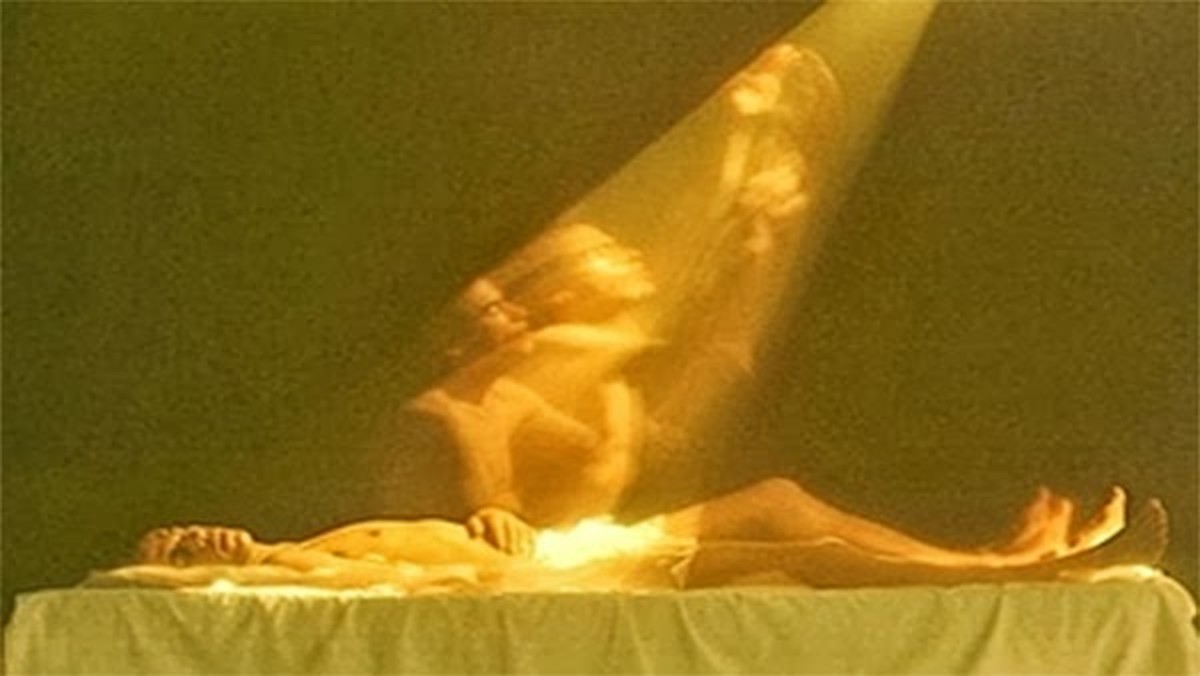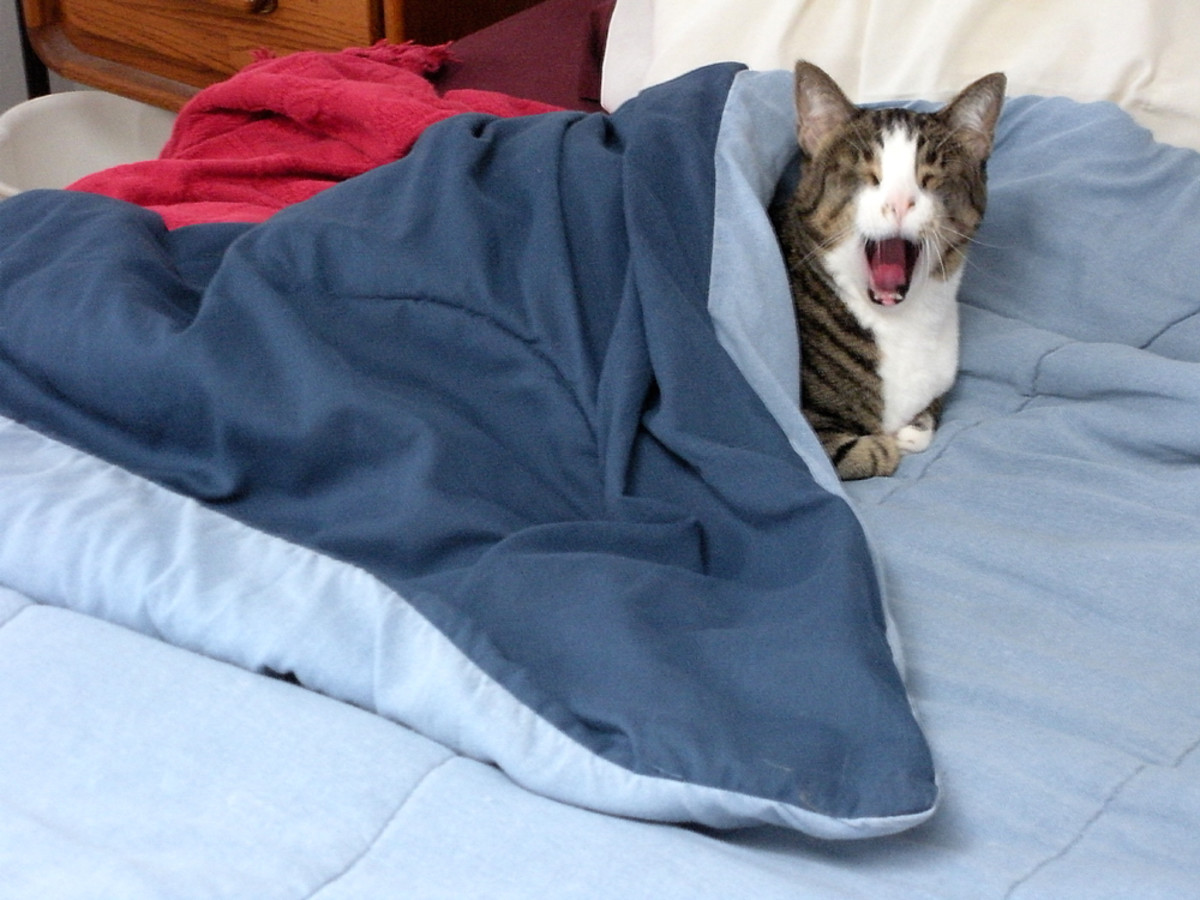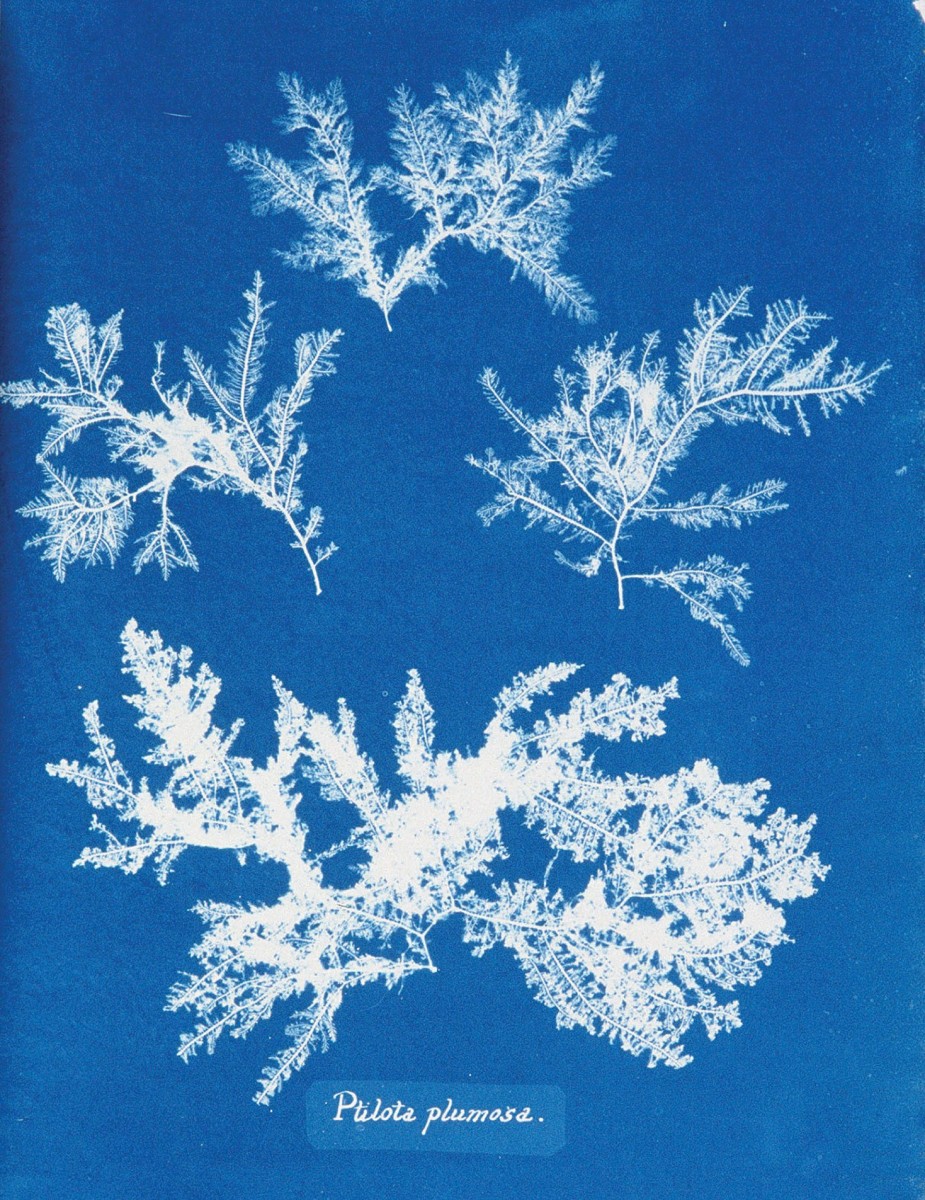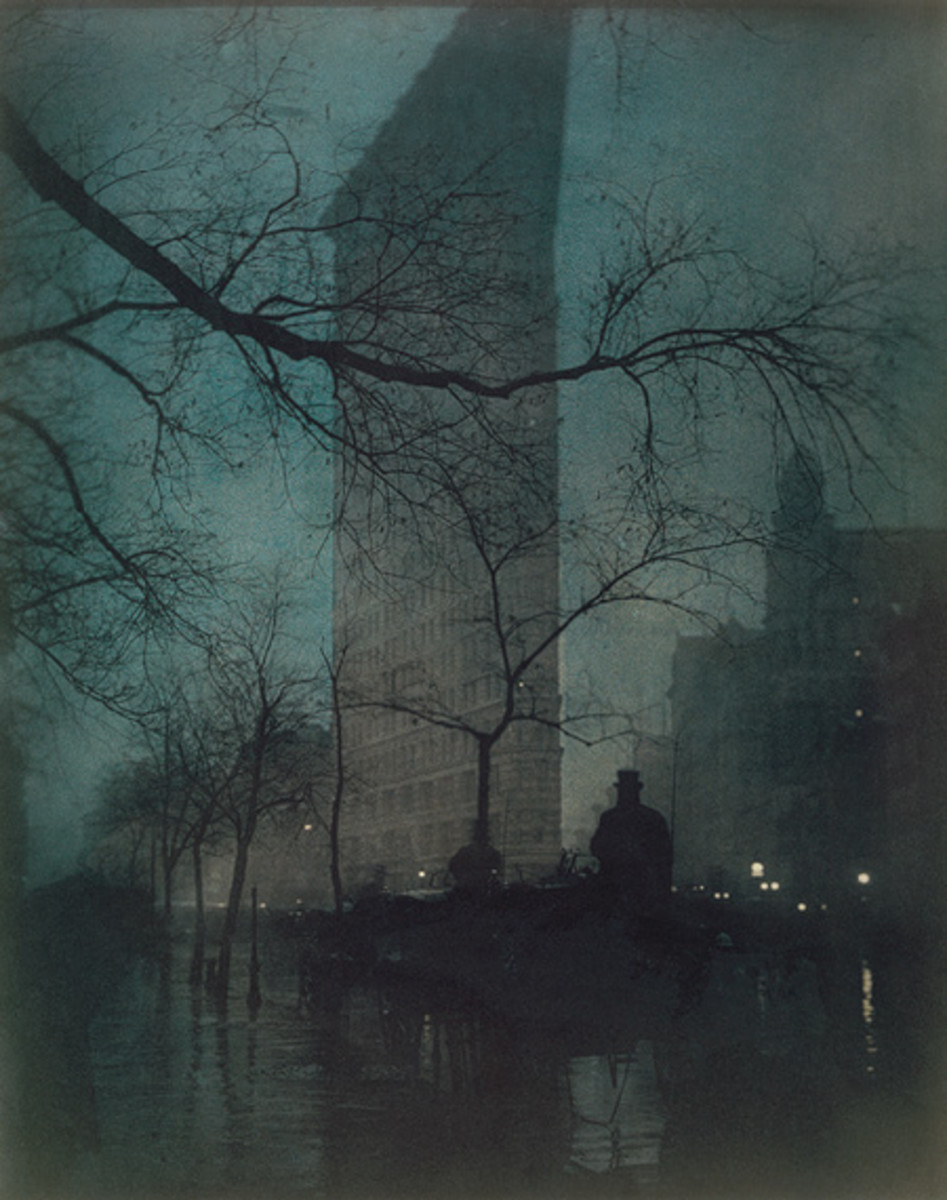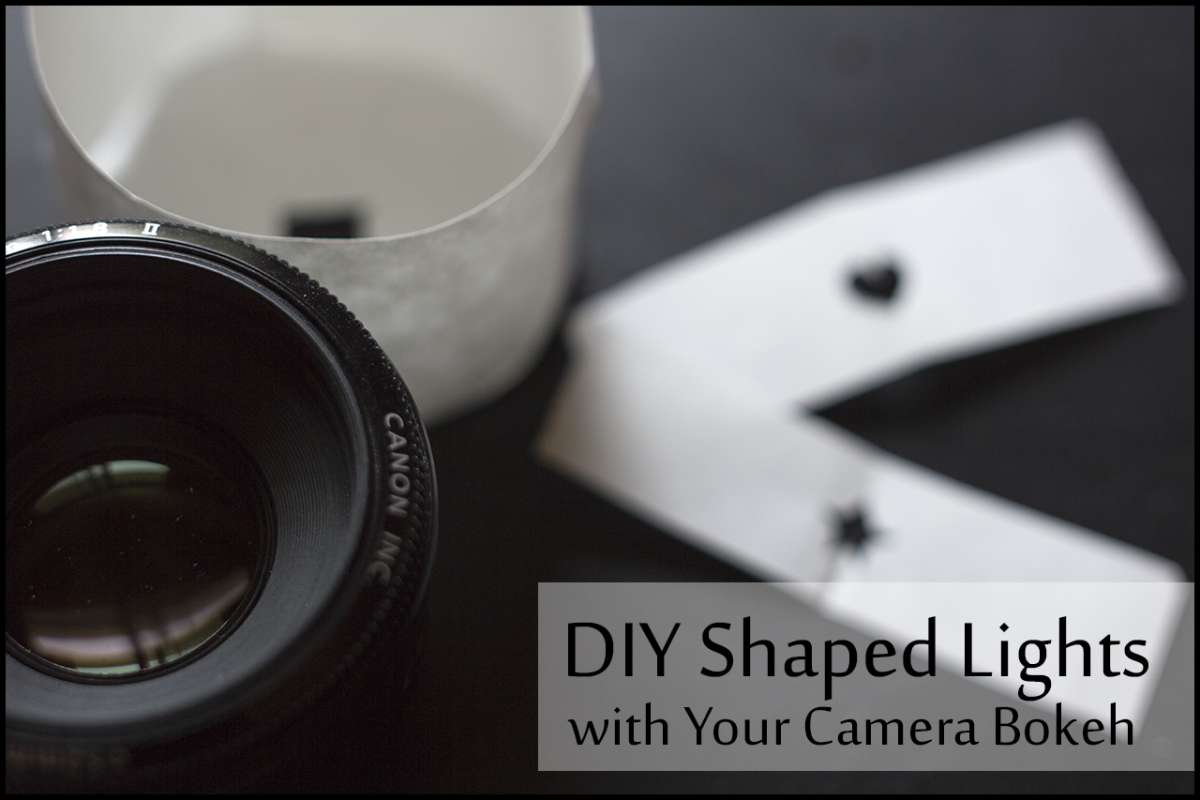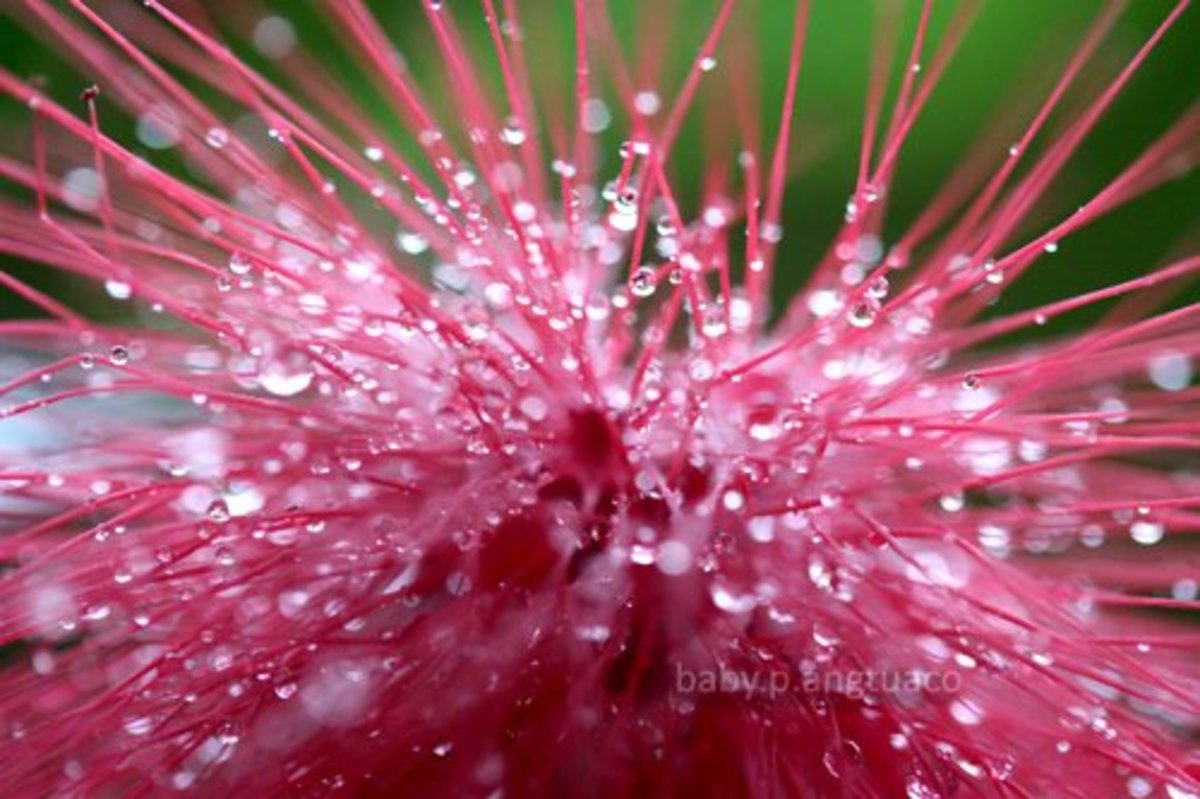Kinetic and Spirit Photography Tips
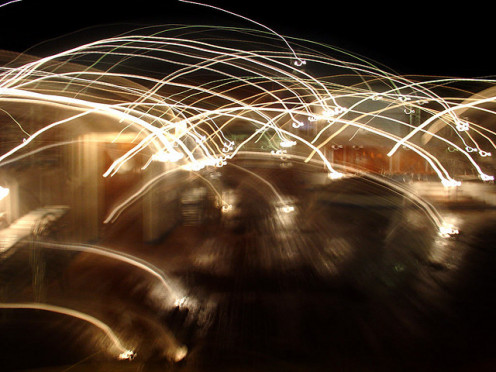
Kinetic photography is an unusual photographic technique which has been gaining in popularity in the last few years, yet is still considered experimental.
This technique is anything but ordinary, yet it sometimes produces astounding images which can only be categorized as abstract and some even call them post modern works of art.
In the English language kinetic means movement, more specifically caused by movement. This technique involves setting the camera to record images at slow shutter speeds and it is mostly done at night or in dark studios.
The photographer sets the camera on stands, ropes, wires and the more adventurous ones throw the camera up in the air immediately after depressing the shutter and try really hard to catch it before it hits the ground.
The resulting images are mostly out of focus, blurs, and random. Yet some end up resembling abstract art.
The brave souls who apply this technique do so mostly for the sake of art and photography itself, some even find markets in art galleries and with greeting cards manufactures. If you attempt this technique, do so with a short lens, make sure that everything is securely attached, do it at night but with enough light that you are able to see the camera.
A simpler technique is to attach the camera to a wire or rope and swinging it. This is much safer and can produce similar effects to those obtained from launching an expensive camera set up up into the air.
Bear in mind that this technique is not just taking out of focus or slightly blurred images.
Spirit photography, like its name suggest, is a technique whose overall purpose is to capture images of spirits or entities from the spiritual world. Its principal users are those individuals and organizations who conduct paranormal research, commonly known as ghost hunting.
Standard S.L.R or D.S.L.R cameras are fitted with infrared film or digitally programmed to capture what essentially look like underexposed subjects. However, this technique works better with black & white film in which two separate images are taken, one fully exposed and one underexposed.
The two images are then processed and manually interpolated to create the faint semblance of a person near or next to the image of the person which was fully exposed. This technique is not a new one, it was first used as a gimmick in the middle 1800's by photographic entrepreneurs looking to make and sell photos.
"It was first used by William H. Mumler in the 1860s. Mumler discovered the technique by accident, after he discovered a second person in a photograph he took of himself, which he found was actually a double exposure. Seeing there was a market for it, Mumler started working as a medium, taking people's pictures and doctoring the negatives to add lost loved ones into them (mostly using other photographs as basis). Mumler's fraud was discovered after he put identifiable living Boston residents in the photos as spirits." Wikipedia
Regardless if one is using a digital format or regular photographic film, one image has to be fully exposed and the "ghostly" image has to be underexposed, then the images have to be combined to create the effect.
With infrared film, no image has to be underexposed, with the images captured on film usually resembling forms of glowing light, mostly red to pinkish. Sometimes a regular image taken during normal conditions is interpolated with an infrared one.
This is no longer used as a gimmick, but rather as an artistic form of expression. If done well, the results can be amazingly pleasing shots. Infrared result in more dramatic images due to its ability to capture a light spectrum which is otherwise invisible to the human eyes.
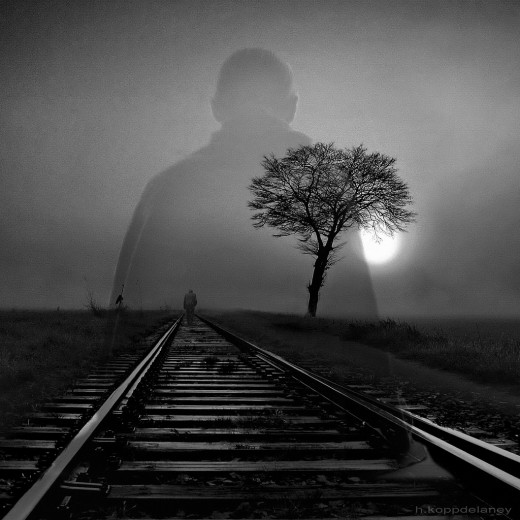
No matter which style or format in photography you decide to pursue, the object is to be innovative and creative.
You have to strive to give each shot your own personal style.
Otherwise you will seem like a copy cat. It is good to emulate the work of great photographers, but do so with the intention of learning techniques and photographic approaches.
Eventually you will begin to develop your own style and this is what will distinguish you from others.
Don't undertake photography with the sole intention of making money, this is the wrong approach.
Approach it as an art and growth with it, soon you may find yourself being paid for doing something that you love and that is the key to succeed in this business.
Interesting topic/techniques?
- HISTORY OF SPIRIT PHOTOGRAPHY
The actual practice of attempting to capture ghosts on film dates back nearly a century and a half to around 1861. Not surprisingly, this type of photography has been controversial and the subject of much debate ever since.

